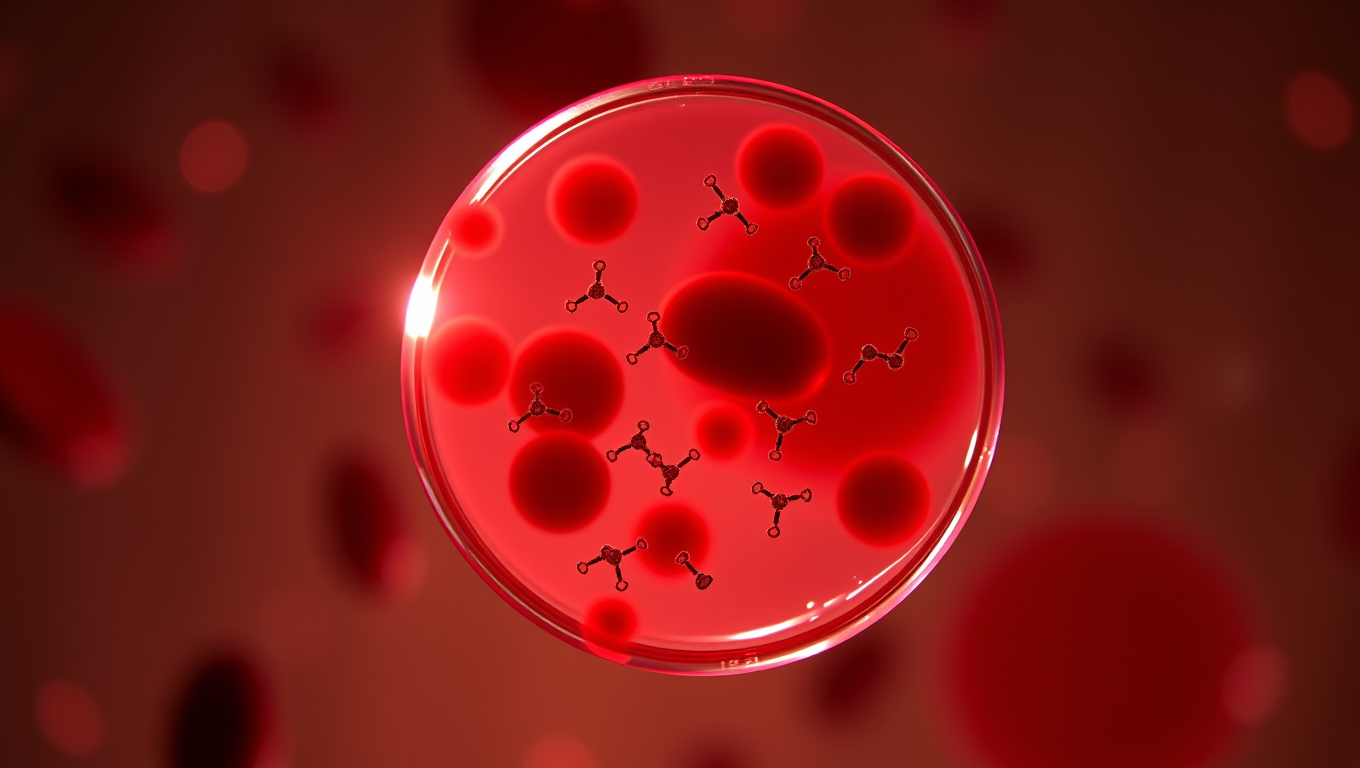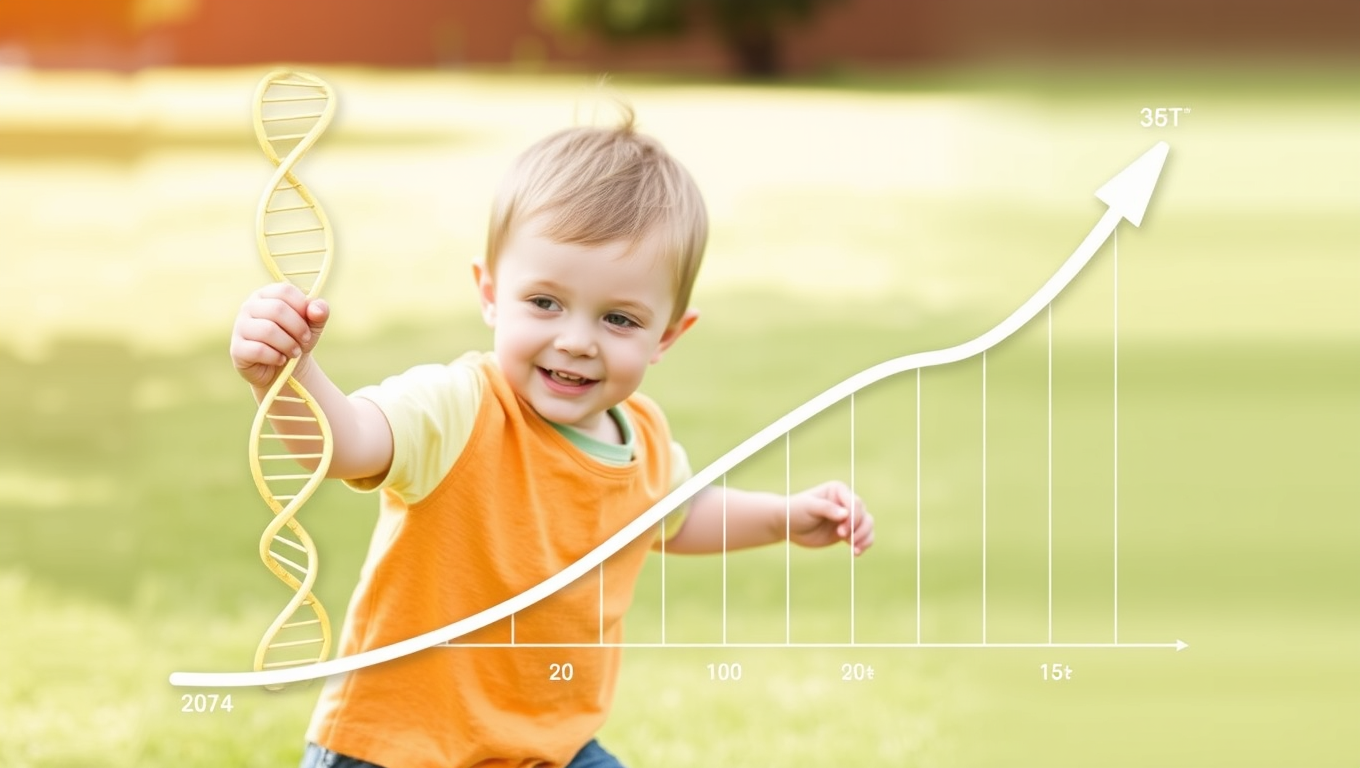While we try to keep things accurate, this content is part of an ongoing experiment and may not always be reliable.
Please double-check important details — we’re not responsible for how the information is used.
Children's Health
Uncovering Early Signs of Teen Depression through Blood Markers
Using a novel lab method they developed, researchers have identified nine molecules in the blood that were elevated in teens diagnosed with depression. These molecules also predicted how symptoms might progress over time. The findings of the clinical study could pave the way for earlier detection, before symptoms worsen and become hard to treat.

Children's Health
Uncovering the Inaccuracy: Why Common Blood Pressure Readings May Miss 30% of Hypertension Cases
Cambridge scientists have cracked the mystery of why cuff-based blood pressure monitors often give inaccurate readings, missing up to 30% of high blood pressure cases. By building a physical model that replicates real artery behavior, they discovered that low pressure below the cuff delays artery reopening, leading to underestimated systolic readings. Their work suggests that simple tweaks, like raising the arm before testing, could dramatically improve accuracy without the need for expensive new devices.
Children's Health
A Genetic Breakthrough: Predicting Adulthood Obesity in Early Childhood
What if we could predict obesity before it ever takes hold? A global team has created a genetic test that forecasts a child’s risk of adult obesity before age five—years before other factors kick in. By analyzing data from over five million people, their polygenic risk score doubles the predictive power of previous tools. While genetics isn’t destiny, those with higher genetic risk respond better to weight loss interventions but may regain weight quickly. The tool isn’t perfect, it performs far better in people of European ancestry, but it’s a game-changer in early prevention.
Alternative Medicine
“Pregnancy Shot Cuts Baby RSV Hospitalizations by 72% – Protecting Newborns for Months”
A new UK study shows that vaccinating pregnant women against RSV has led to a staggering 72% drop in hospitalizations of newborns with severe lung infections. By passing virus-fighting antibodies to their babies, vaccinated mothers are helping shield infants during their most vulnerable early months.
-

 Detectors8 months ago
Detectors8 months agoA New Horizon for Vision: How Gold Nanoparticles May Restore People’s Sight
-

 Earth & Climate9 months ago
Earth & Climate9 months agoRetiring Abroad Can Be Lonely Business
-

 Cancer9 months ago
Cancer9 months agoRevolutionizing Quantum Communication: Direct Connections Between Multiple Processors
-

 Albert Einstein9 months ago
Albert Einstein9 months agoHarnessing Water Waves: A Breakthrough in Controlling Floating Objects
-

 Earth & Climate9 months ago
Earth & Climate9 months agoHousehold Electricity Three Times More Expensive Than Upcoming ‘Eco-Friendly’ Aviation E-Fuels, Study Reveals
-

 Chemistry9 months ago
Chemistry9 months ago“Unveiling Hidden Patterns: A New Twist on Interference Phenomena”
-

 Diseases and Conditions9 months ago
Diseases and Conditions9 months agoReducing Falls Among Elderly Women with Polypharmacy through Exercise Intervention
-

 Agriculture and Food9 months ago
Agriculture and Food9 months ago“A Sustainable Solution: Researchers Create Hybrid Cheese with 25% Pea Protein”





























